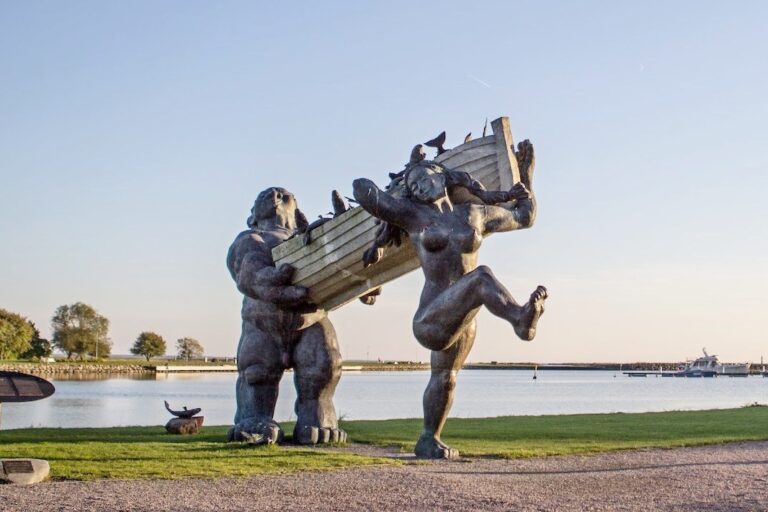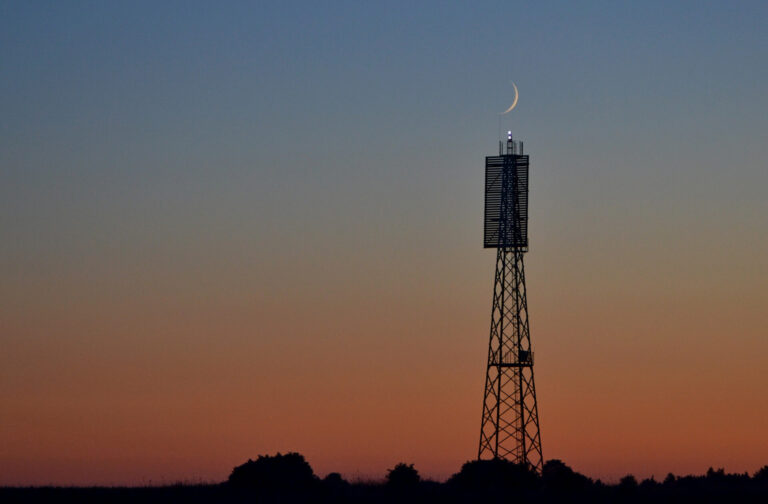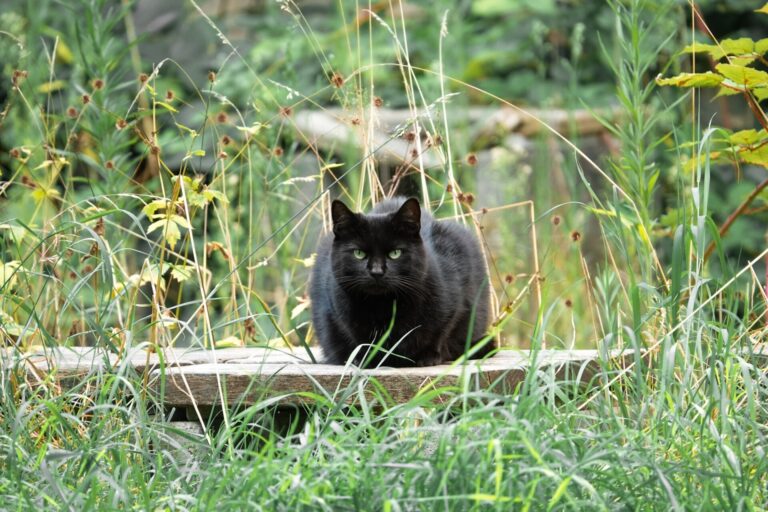Saaremaa: inspired by green living
The island’s locals feel a deep connection with the land and sea, so sustainable choices have been a natural way of life for us, characterised by a conscious cycling between old and new. Here we understand the importance of maintaining the environment’s delicate balance, and ancient practices and customs offer both encouragement and inspiration. Sustainability is not a trend, but a tradition of living in harmony with nature, enjoying it and using resources wisely. Our green lifestyle is an inspiration to many and has been recognised at the international level.
2023
In 2023, both Saaremaa and Hiiumaa achieved the Green Destinations Gold Level as tourist destinations. The recognition was awarded for the sustainable management of natural and cultural heritage in tourism services and for strategic management of sustainable tourism. A key strength highlighted was also the promotion of sustainability principles in local businesses.
2021
In 2021, Green Destinations – an international organisation that promotes sustainable tourism – awarded Saare County silver status for the sustainable and economical development of the region. Green Destination status shows that the local way of life is respectful of the wider environment, valuing local traditions and heritage, respecting the local community, avoiding mass tourism and being as environmentally, climate- and nature-friendly as possible in all choices and actions.
2020
In 2020, Saaremaa was nominated for the titles of Baltic Sea Sustainable Destination and Most Environmentally Friendly Municipality in Estonia, and was awarded the Sustainable Destination title at MATKA, the largest Nordic tourism fair in Finland.
1990
Since 1990, the Western Estonian islands have formed part of the UNESCO’s global ‘Man and the Biosphere’ programme. The island’s environment, which has been preserved for centuries, its distinctive traditions and its humorous, hard-working people here have been recognised for their ability to live in harmony with nature. Indeed, sustainability runs in our blood and is our way of life.
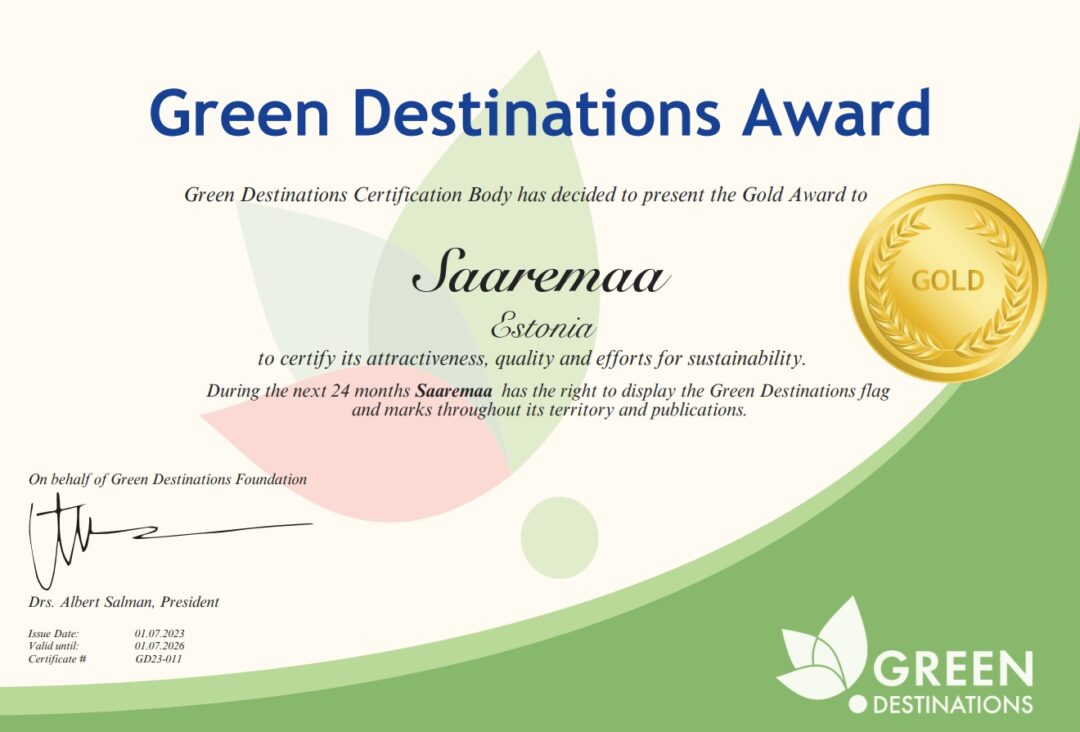
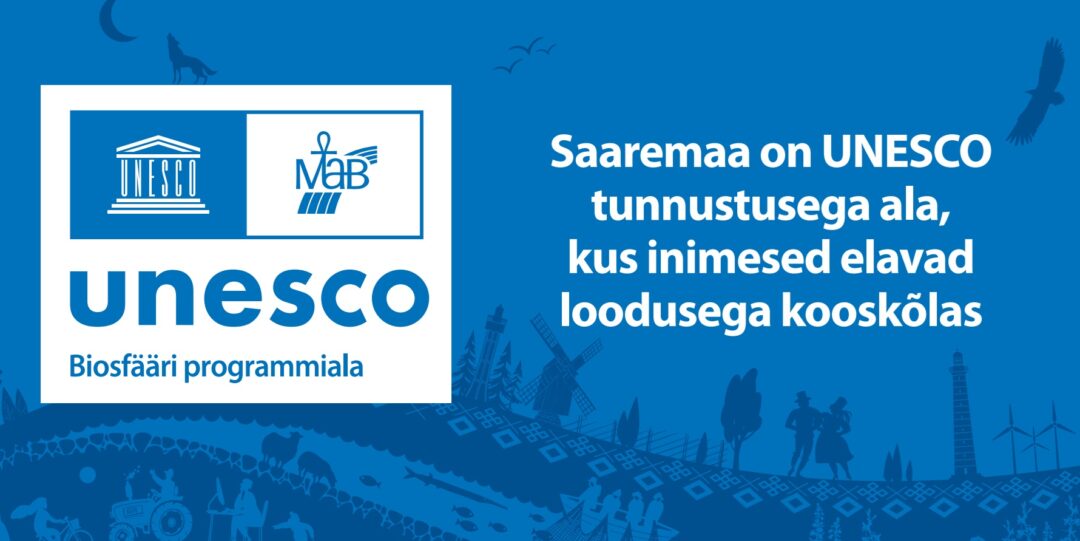
Nature
The nature on the islands in Saare County is primal and untouched, winning the hearts of visitors from all over the world. This unspoilt landscape is ours, and by respecting the heritage of our ancestors we will ensure that it remains a treasure that brings joy, gratitude and contentment.
Saaremaa, together with the other Western Estonian islands, forms part of UNESCO’s ‘Man and the Biosphere’ programme. There is a national park here – Vilsandi National Park – which is located in the oldest protected area in the Baltics. Additionally, there are nature and landscape reserves aplenty, as well as a dozen or so protected parks and a few dozen nature and hiking trails. There are 39 species of flowering orchid in Estonia, an impressive 36 of which grow on Saaremaa. That’s why Western Saaremaa is so popular among botany enthusiasts, especially during spring. Saaremaa is a paradise for birdwatchers, too, as birds fly through here when migrating in autumn and spring.
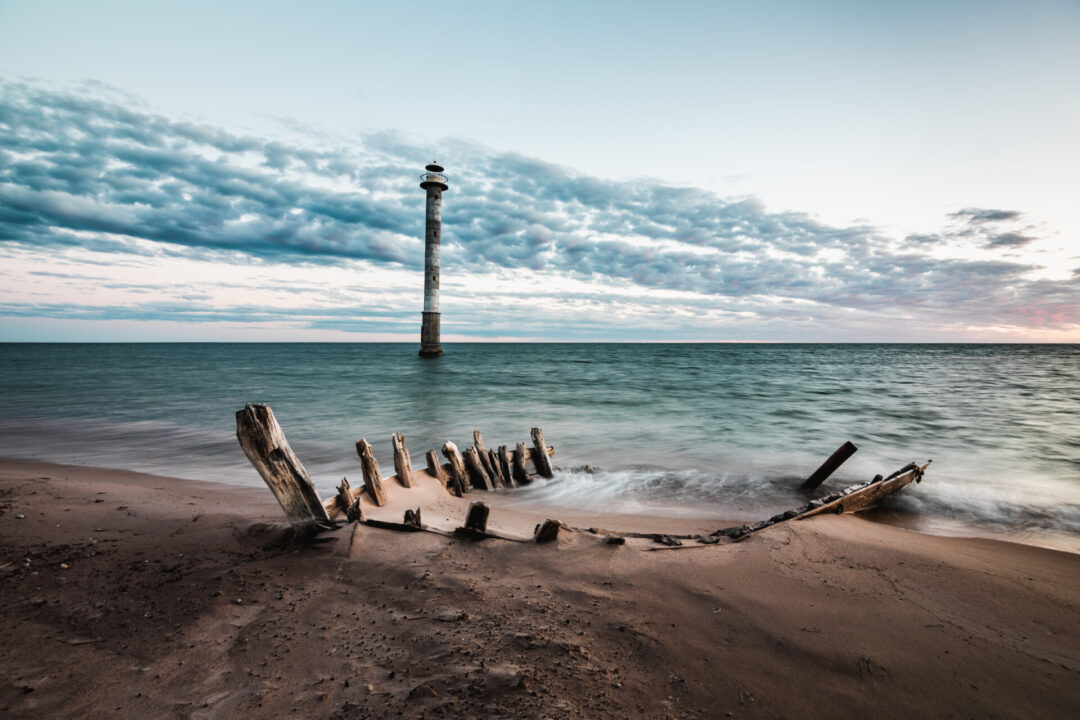
Transport
The local transport also has a shrinking ecological footprint. One of the two ferries that runs between Muhu and the mainland is a hybrid vessel. This has reduced the use of diesel fuel by 15% and the amount of carbon dioxide emitted by 1600 tonnes. The reduced underwater noise and vibration also creates a better habitat for fish and seals. A total of 80% of county bus lines run on CNG. It’s easy to explore the islands by bike thanks to the flat terrain and low traffic density. There are around 30 km of cycling paths close to Kuressaare, and you can also rent bikes in the area.
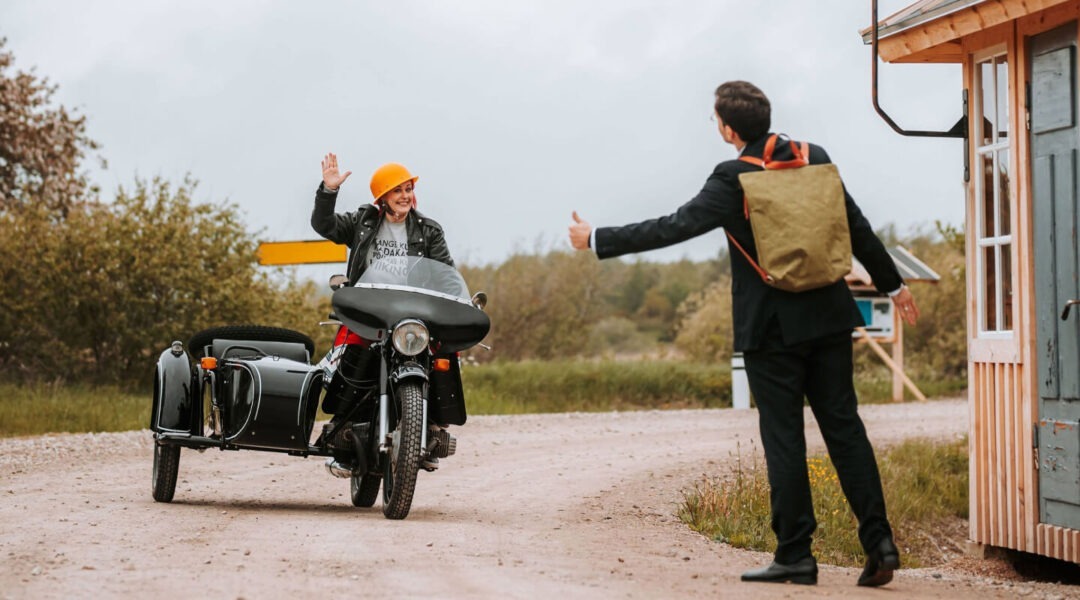
Food
The forest and sea play important roles in the local diet. This is also appreciated by local restaurants. Many cafés and restaurants source their food from local farms, and often give the names of the farms the ingredients come from on their menus. Fish caught in the morning is on local restaurant menus by lunchtime. The good quality and skilful use of island produce is seen beyond the islands, too. Did you know that almost 10% of the best restaurants in Estonia are located on Saaremaa and Muhu? That’s according to the recognition given by Falstaff. The Alexander restaurant at Pädaste Manor on Muhu has even earned Michelin Guide recognition.
You’ll find products in the shop carrying the EHTNE label – indicating the food was grown right here in pristine nature with you in mind.
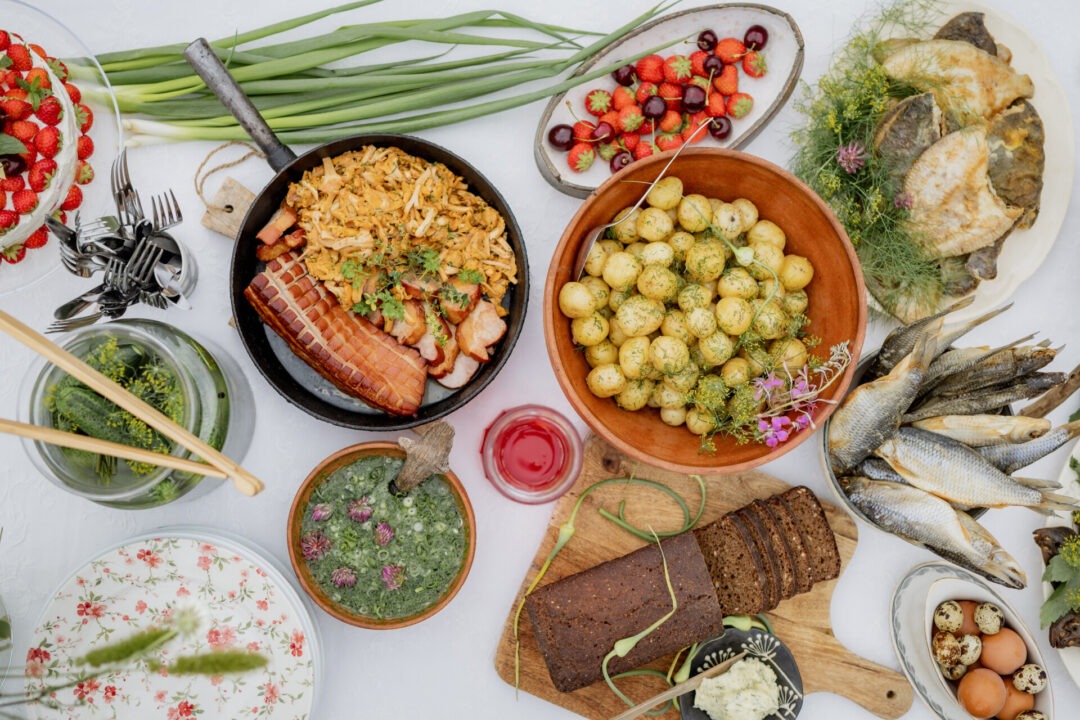
The Locals
More and more visitors are looking for that real, authentic feeling that makes their chosen destination unique. The everyday stories, traditions and even routines that are steeped in island culture make our islands special to the world. The locals maintain a quiet but unwavering pride and attitude – if you tell us there’s no way, we’ll find a way. Our backs are straight and our heads are up, as if we’re wearing an invisible hat at all times. That’s how proud we are of our culture and heritage, which are as colourful as our folk costumes. And who can resist our island humour?
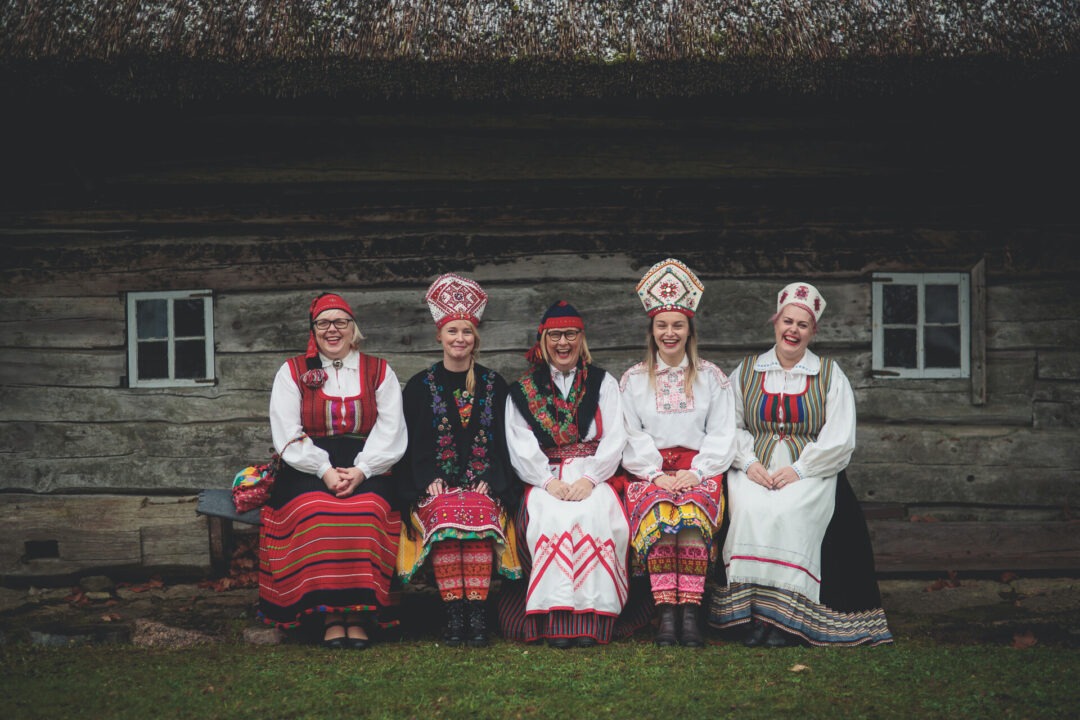
Events
Locals think about the environment even when organising festivals. At the forefront here is I Land Sound. Since 2019, this festival has used ceramic rather than plastic dishes, strictly sorted its waste and made festival signs from recycled materials. In 2020, the cigarette butts collected at the festival were turned into a paddleboard. In 2024, the festival was awarded the prestigious ‘A Greener Future’ award in the circular economy category. In comparison to the world’s biggest festivals, Estonia stood out for having the most thoughtful approach to waste management and recycling. The Kuressaare Street Picnic also invites people to use ceramics and glassware. It’s best to pack your own reusable dishes when you come to our events: that way you can be sure you won’t miss out on trying anything.
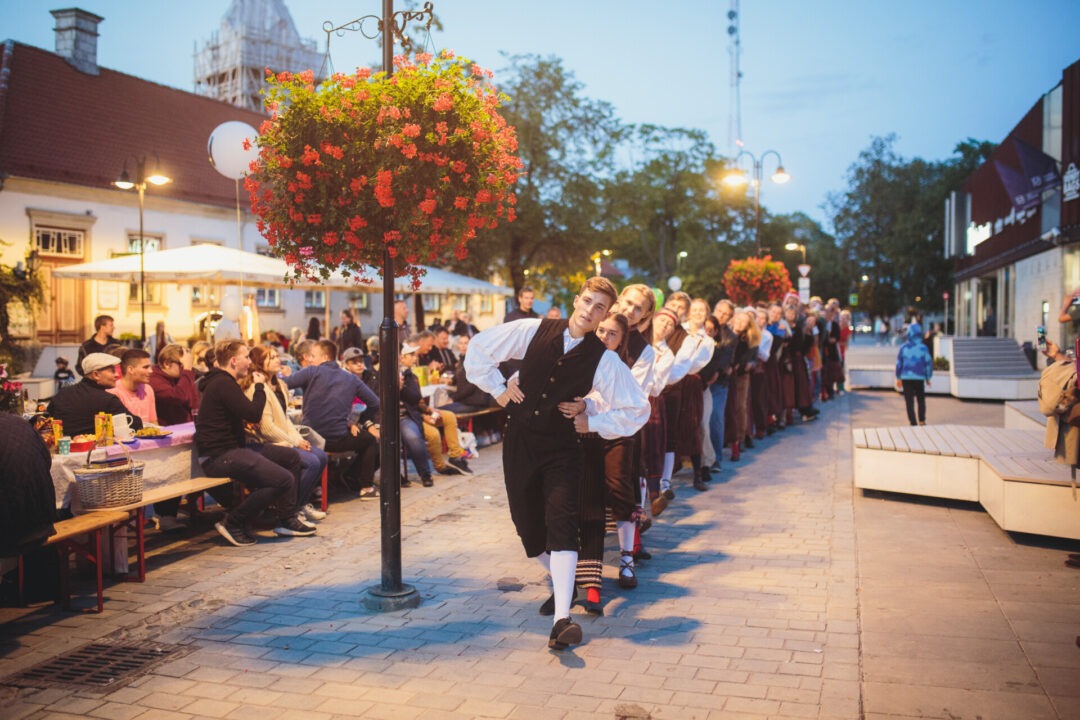
Traditions
It’s not just nature that’s preserved on this island, but traditions as well. On festive occasions, islanders still love to don their colourful folk costumes. Home brew and bread have been made at home for centuries, and these recipes are passed down from one generation to the next. Local youngsters also contribute to the survival of fishing traditions by learning from their parents and becoming fishermen. As a result, smoked fish can be enjoyed from early spring until late autumn on Saaremaa and Muhu, and fresh fish features on restaurant menus as the catch of the day. One traditional local material is reeds. Even now, you see houses with thatched roofs when you drive around the older villages, but active young locals have also started using reeds to make drinking straws. As a result, several young families on the island have started sustainable and environmentally friendly businesses.
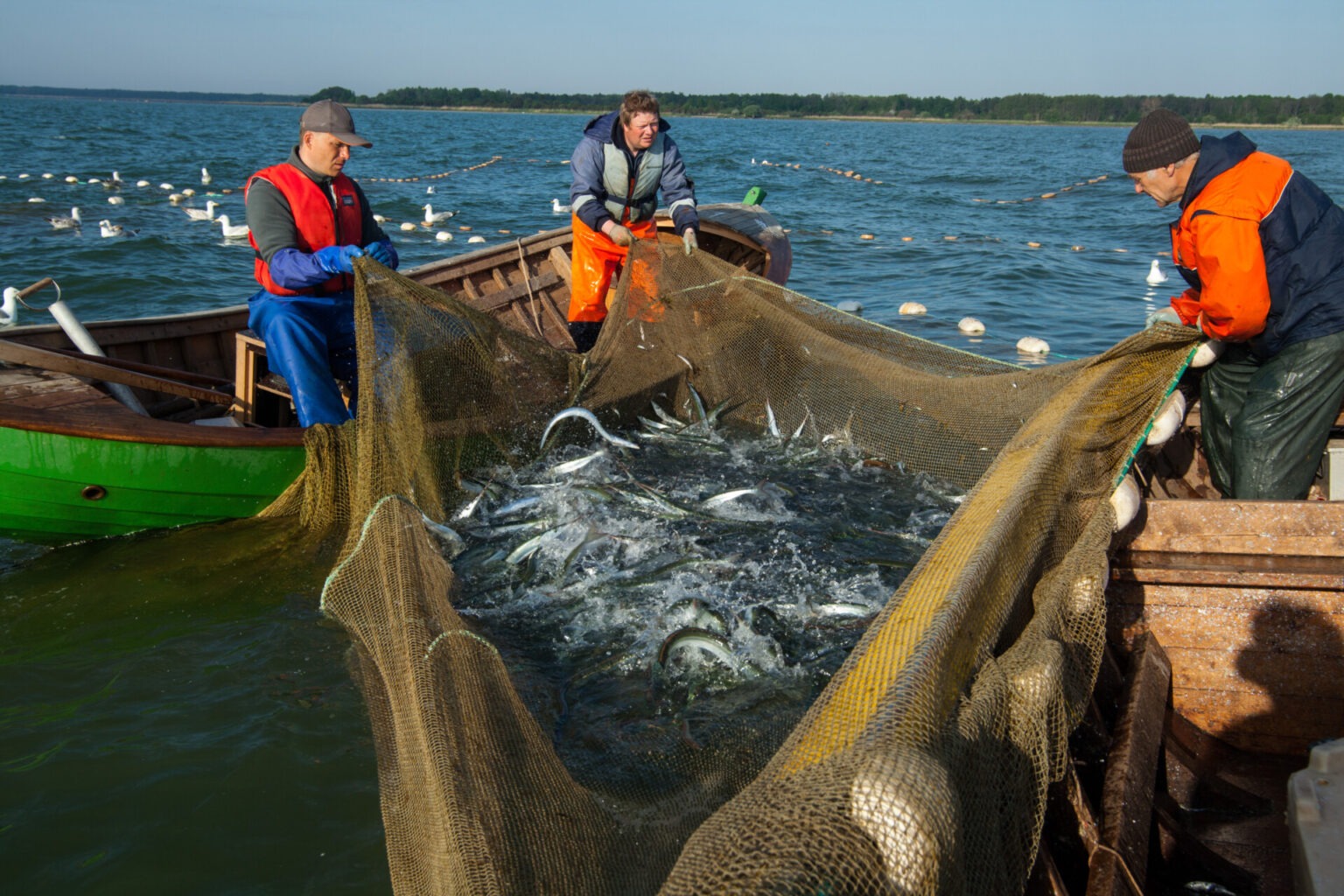
Innovative ventures
As mentioned, reeds as a traditional material are being reimagined. Juniper is used to make souvenirs, but also syrups, soap and gin. The circular economy is important, and in 2019 a local drinks manufacturer gave new life to Christmas trees: the first to be used to produce tonics was the Christmas tree in the centre of Kuressaare. Seaweed, or furcellaria, is also refined on the island for use in e.g. the cosmetics and food industries. And these are just some examples. There’s plenty of sustainable innovation on the island.
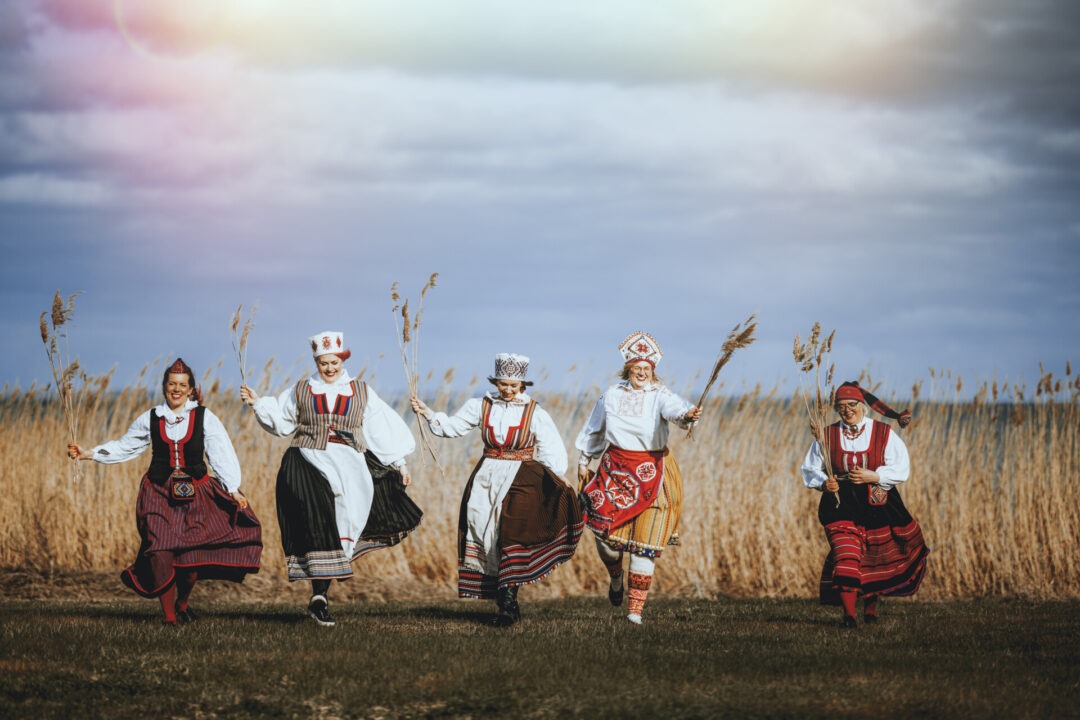
RECOGNITION
- Don’t throw trash on the ground, put it in a trash bin instead. If possible, also recycle it accordingly. If you see trash on the ground, pick it up and dispose of it in a bin.
- When traveling, bring your own water bottle, which you can refill throughout the trip. In Saare County, tap water is drinkable. Avoid buying bottled water.
- Prefer using public transport or a bicycle. Measure the ecological footprint of your travel.
- Use reusable fabric or paper bags, instead of plastic bags.
- When buying souvenirs, choose local products.
- When hiking in bogs and nature trails, stick to the designated paths.
- Eat at local restaurants and cafés, shop at local stores and markets, and avoid global foreign businesses.
- Prefer digital (information) materials over paper.
- Support local services and providers: guides, tour operators.
- Before buying new furniture or clothing, consider visiting an antique or second-hand store. There are many interesting finds with history and stories.
- When at your destination, ask locals where they would recommend going and what to explore.
- At your accommodation, follow local recommendations: use towels multiple times, avoid asking for a change every day, don’t leave the water running when brushing your teeth, recycle trash in the hotel if possible, etc.
- When preparing for your trip, pack as lightly as possible, taking only what is necessary.
- Do not print hotel reservations, bus, or flight tickets unless specifically required. Download tickets and booking confirmations to your mobile device.
- Plan your trip so that you stay in one destination for as long as possible (for example, a week). The shorter the trip and the further the destination, the greater the ecological footprint of your vacation.
Last modified: 21.04.2025
